Plants need nutrients to grow and thrive. The best cannabis nutrients for indoor growing will vary depending on the specific cultivar, the growing environment, and the stage of growth. However, there are some general nutrients that all plants need, including nitrogen, phosphorus, and potassium.
Understanding the nutrient needs of plants is essential for successful indoor cultivation. If your plants do not receive the nutrients they need, they will not grow properly and may even die.
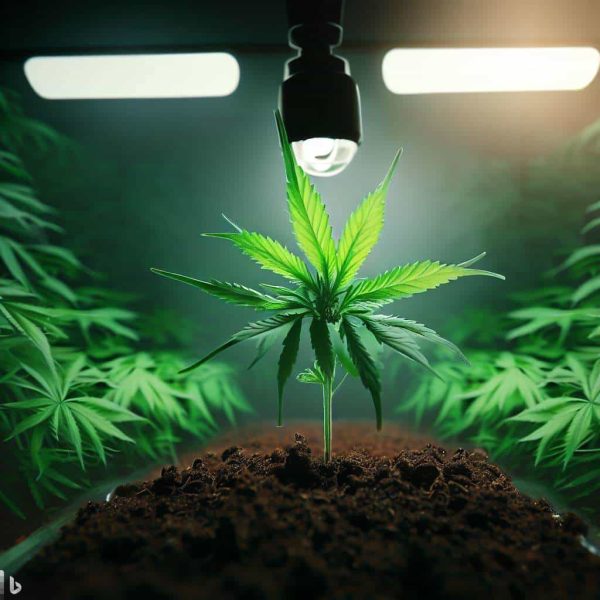
In this article, I will discuss the importance of nutrients for indoor cannabis growth. I will also provide some tips on how to choose the best nutrients for your plants and how to feed them properly
Understanding Cannabis Nutrients Needs
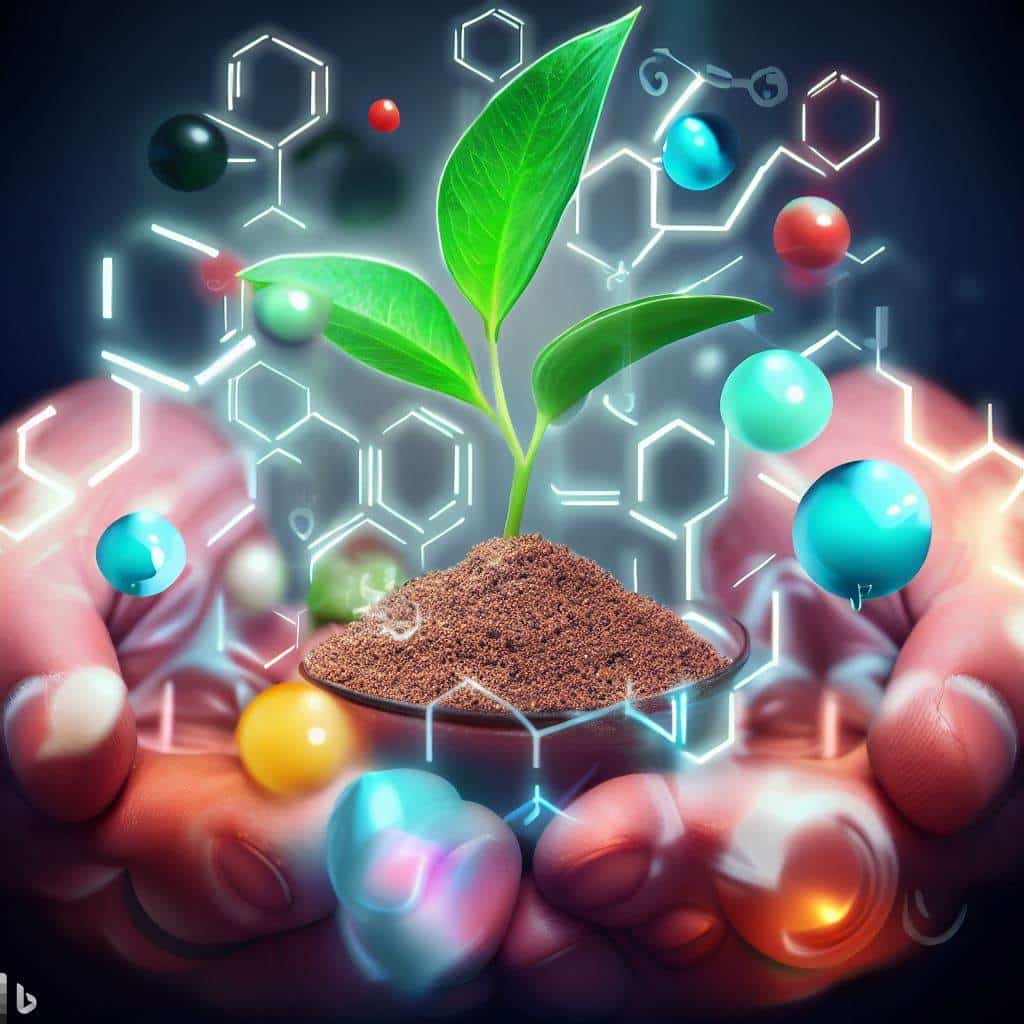
Essential Nutrients for Healthy Cannabis Growth
To help our indoor cannabis plants thrive, we must first understand the essential nutrients they need. These nutrients act as building blocks, enabling the plants to carry out vital functions and grow strong. The primary nutrients that cannabis requires are:
- Nitrogen (N): Essential for leafy growth and overall plant development.
- Phosphorus (P): Crucial for root development, flowering, and fruiting.
- Potassium (K): Aids in overall plant health, stress tolerance, and nutrient uptake.
The Roles of Macro and Micronutrients in Cannabis Cultivation
Cannabis relies on both macro and micronutrients for balanced growth. Macronutrients are those required in larger quantities, while micronutrients are essential in smaller amounts. Here’s a brief overview of their roles:
Macro Nutrients:
- Calcium (Ca): Essential for cell structure and nutrient transportation.
- Magnesium (Mg): Key component of chlorophyll, vital for photosynthesis.
- Nitrogen (N), Phosphorus (P), and Potassium (K)
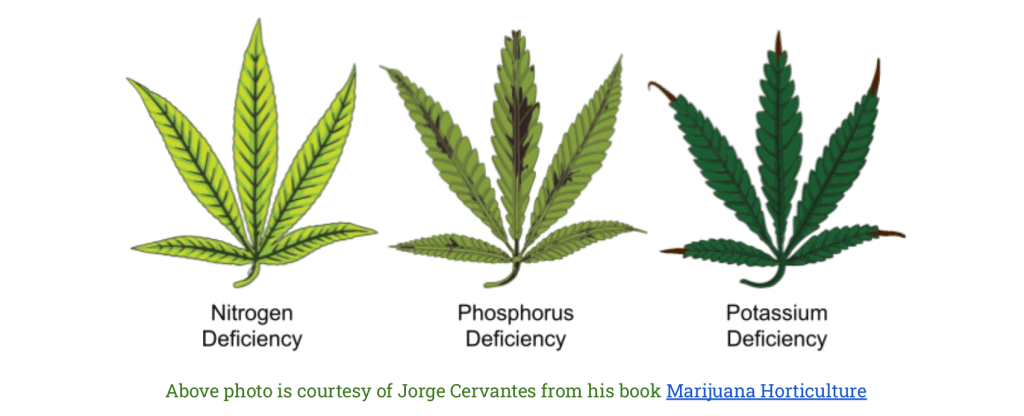
Micronutrients:
- Iron (Fe): Necessary for chlorophyll synthesis and enzyme activity.
- Zinc (Zn), Copper (Cu), Manganese (Mn), Boron (B), Molybdenum (Mo): Assist in various enzymatic processes.
The Significance of pH Levels and Nutrient Absorption
People ignore this aspect, however, I found it to be the most important thing for healthy growth
pH measures the acidity or alkalinity of the growing medium. When the pH is off-balance, it can hinder nutrient uptake, even if they are present in the soil or water.
For most cannabis strains, the ideal pH range is between 6.0 and 7.0. In this range, nutrients are readily available for absorption. Regularly monitoring and adjusting pH levels will ensure that your cannabis plants can access the nutrients they need for healthy development.
Types of Nutrients for Indoor Cannabis Cultivation
Organic Nutrients
Organic nutrients are obtained from living or once-living organisms, providing a more natural and sustainable approach to nourishing your cannabis plants. These nutrients are free from potentially harsh chemicals and are often rich in beneficial compounds that promote healthy growth and enhance soil structure.
By choosing organic nutrients, you can create a more “eco-friendly” indoor garden while also producing cannabis that may have a better taste and aroma due to the presence of organic compounds.
Composition of Organic Nutrient Fertilizers for Indoor Growers
Organic nutrient fertilizers for indoor cannabis growers typically contain a blend of natural ingredients. Common components include compost, guano (bat droppings), kelp, fish emulsion, and bone meal. These ingredients release nutrients slowly, providing a steady supply for your plants.
Benefits of Organic Nutrients | Downsides of Organic Nutrients |
Environmentally Friendly Organic nutrients are derived from natural sources, reducing the impact on the environment compared to synthetic nutrients, which are chemically produced. Using organic cannabis cultivation nutrients promotes sustainability and eco-conscious indoor cultivation. | Slower Nutrient Release Organic nutrients release slowly over time, which may result in a delayed response when correcting nutrient deficiencies or adjusting nutrient levels. It requires careful planning and monitoring to ensure plants receive the right amount of nutrients throughout their growth cycle. |
Improved Soil Health Organic nutrients contribute to better soil structure and fertility. They enhance microbial activity, which aids in nutrient recycling and improves the overall health of the growing medium. This, in turn, fosters long-term soil health and sustainability. | Insect Attraction Organic nutrient sources, especially certain types such as compost or guano, may attract insects or pests to the indoor cannabis garden. Regular inspection and pest management practices are vital to prevent infestations that could adversely affect plant health. |
Enhanced Taste and Aroma Cannabis cultivated with organic nutrients often develops a more complex and natural flavor profile. The presence of organic compounds and beneficial microbes can result in cannabis with a richer taste and aroma, appealing to cannabis connoisseurs. | Bulkiness and Storage Organic nutrient products can be bulkier and heavier than synthetic fertilizers due to their natural composition. This can make them more challenging to store and handle, especially for growers with limited space. |
Synthetic Nutrients
Synthetic nutrients are precisely engineered to deliver a targeted balance of essential elements to cannabis plants. They are manufactured with consistency in mind, ensuring that each nutrient batch contains the same ratio of nutrients. This makes it easier to adjust the nutrient regimen and meet the precise requirements of different cannabis cultivars.
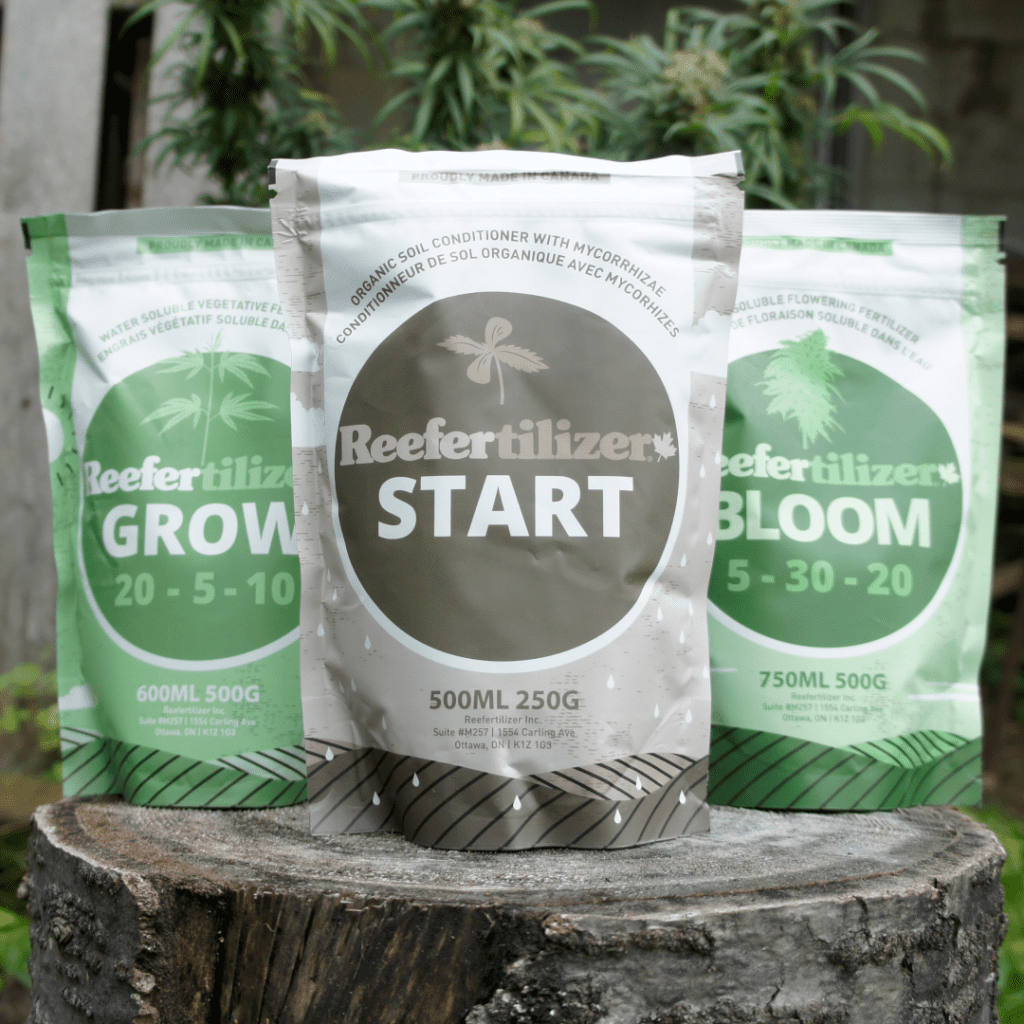
Reefertilizer provides the benefits of both organic and synthetic nutrients.
Start is made from organic brown sea kelp which helps bolster life in the soil. When you use a product like this you make it easier for your plants to absorb and use available nutrients in the soil and added as fertilizer.
Grow and Bloom are synthetic chelated nutrients. This means that when they are dissolved into water they’re immediate available to plants to asorb, much faster than organic nutrients.
With this system you can use less fertilizer while growing bigger plants. You can also rest assured your plants are getting the essential nutrients for veg and flower.
Composition of Synthetic Nutrients Suitable for Indoor Cannabis Cultivation
Synthetic cannabis cultivation nutrient solutions designed for indoor cultivation usually come in concentrated forms. They typically contain a precise mix of nitrogen (N), phosphorus (P), and potassium (K), as well as other essential minerals like calcium, magnesium, and sulfur. These nutrients are easily soluble in water, allowing for efficient nutrient uptake by the plants.
Benefits of Synthetic Nutrients | Downsides of Synthetic Nutrients |
Precision and Consistency Synthetic nutrients are formulated with precise nutrient ratios, allowing growers to fine-tune nutrient solutions to meet the specific needs of their cannabis plants. This consistency enables a more controlled and predictable growth process. | Potential Chemical Buildup Overuse of synthetic nutrients can lead to a buildup of salts and chemical residues in the growing medium, potentially causing nutrient imbalances or nutrient lockout. |
Lower Risk of Contaminants Synthetic nutrients are manufactured under controlled conditions, reducing the likelihood of contaminants in the nutrient products. Growers can have greater confidence in the purity and consistency of synthetic nutrient solutions. | Environmental Impact The production of synthetic nutrients involves energy-intensive processes and chemical manufacturing, which can have a larger carbon footprint compared to organic nutrient production. |
Rapid Nutrient Uptake Synthetic nutrients are highly soluble in water, making them readily available to plants for quick absorption. This can result in faster growth and the ability to respond promptly to changes in nutrient requirements. | Limited Organic Matter Synthetic nutrients lack the organic matter and beneficial microbes found in organic nutrient sources. This may impact long-term soil health and microbial diversity in the growing medium. |
Indoor Growing Methods and Nutrient Application
When we want to grow cannabis plants inside our homes or in a controlled environment, we use indoor growing methods. These methods help us create the perfect conditions for the plants to grow healthy and strong, just like they would outdoors.
There are three common popular indoor growing methods: soil-based, hydroponic, and coco coir.
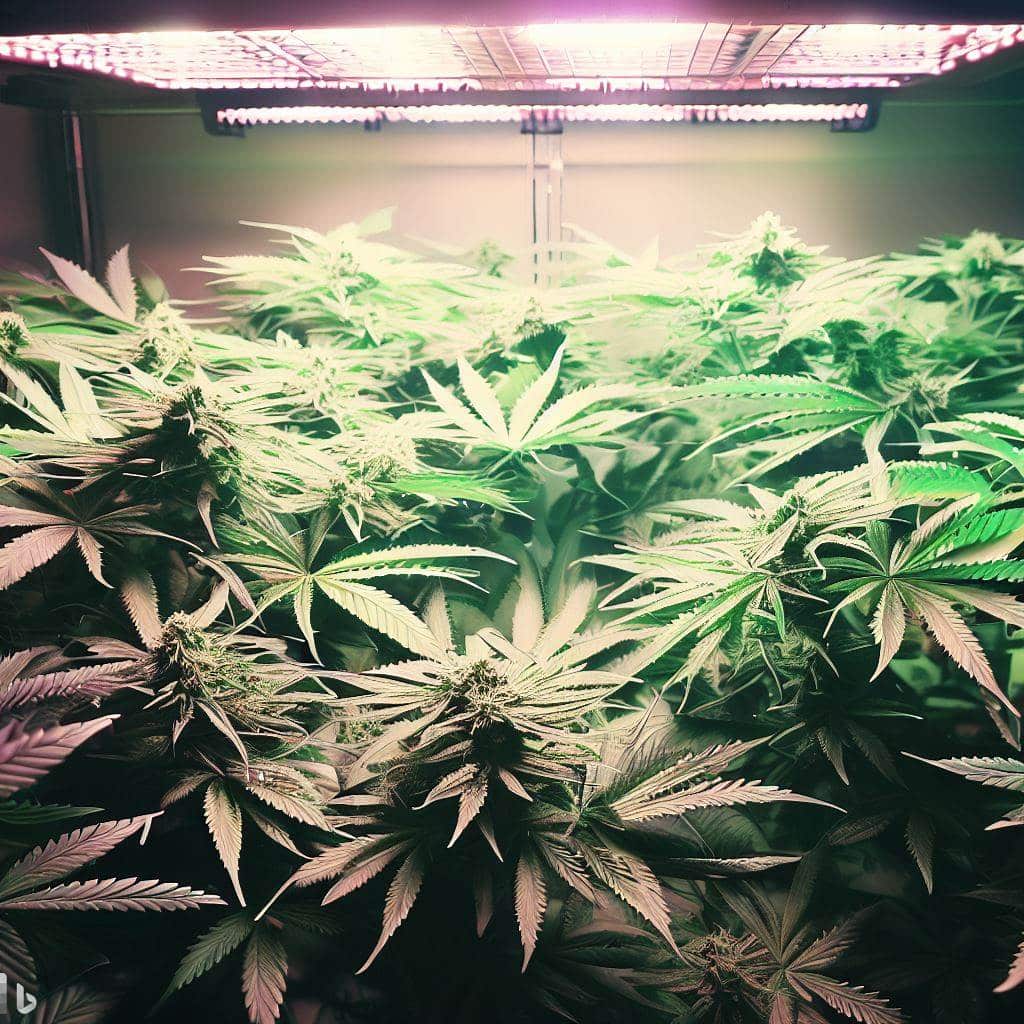
Soil-Based Indoor Cultivation
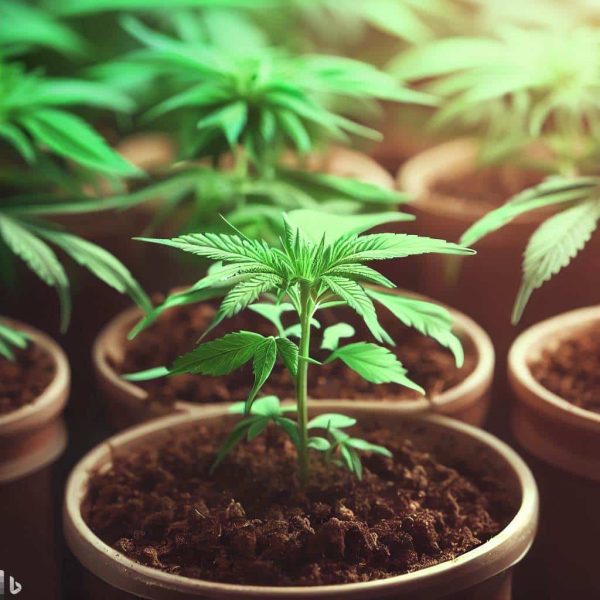
In soil-based indoor cultivation, we grow cannabis plants in regular potting soil or special mixes designed for cannabis. This method is familiar to most people who have grown plants in pots before.
Benefits of soil-based growing for cannabis plants
- Ease of setup and maintenance: Soil-based growing is relatively easy to set up and maintain. You can buy pre-made soilless mixes or make your own.
- Affordability: Soil-based growing is a relatively affordable way to grow cannabis plants. You can buy pre-made soilless mixes or make your own using inexpensive materials.
- Natural: Soil-based growing is a more natural way to grow cannabis plants. The plants are able to interact with the soil and the microorganisms that live in it.
- Flavor: Some growers believe that cannabis plants grown in soil have a better flavor than those grown hydroponically.
Limitations of soil-based growing for cannabis plants
- Nutrient control: It can be more difficult to control the nutrient levels in soil than in a hydroponic system. This can lead to nutrient deficiencies or toxicities.
- Watering: Soil-based plants need to be watered more frequently than hydroponic plants. This can be a challenge if you are not home often.
- Soil quality: The quality of the soil can have a big impact on the health of the plants. If the soil is not of good quality, the plants may not thrive.
How to Feed Nutrients: To provide nutrients to plants, we add fertilizers directly to the soil. Fertilizers are like food for plants, and they contain all the essential nutrients the cannabis plants need to grow. Some fertilizers slowly release nutrients over time, while others are in liquid form and get absorbed by the roots. Following the recommended dosage and schedule is important to make sure our plants get the right amount of nutrients.
Tips for the soil-based growing of cannabis plants:
- Use a high-quality soilless mix: This will help to ensure that your plants get the nutrients they need.
- Water your plants regularly: Cannabis plants need to be watered regularly, especially during the growing season.
- Fertilize your plants regularly: Cannabis plants need a lot of nutrients, so you will need to fertilize them regularly with specific cannabis fertilizers.
Hydroponic Indoor Cultivation
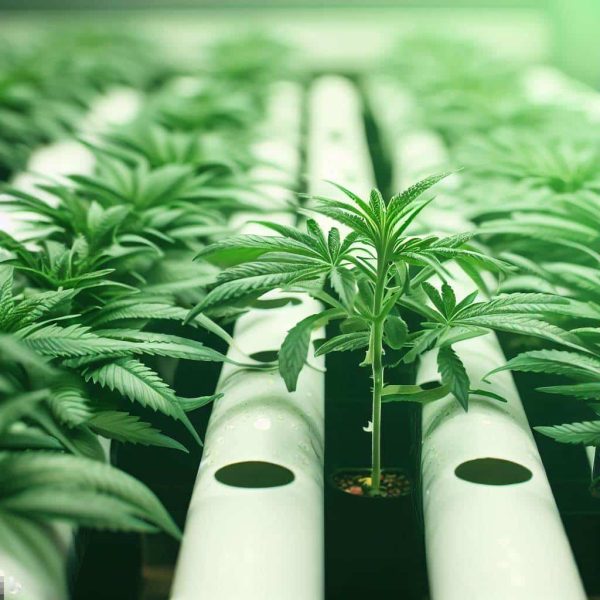
Hydroponic indoor cultivation is a method of growing plants without soil. Instead, the plants are grown in a nutrient solution that is circulated through their roots. This method has several benefits over traditional soil-based cultivation, including:
- Increased growth rate: Hydroponic plants typically grow faster than soil-grown plants. This is because the nutrients are delivered directly to the roots, so the plants don’t have to work as hard to absorb them.
- Improved yields: Hydroponic plants can also produce larger yields than soil-grown plants. This is because the plants are able to absorb more nutrients and water, which leads to more growth.
- Better control over the environment: With hydroponics, you have more control over the environment than you do with soil-based cultivation. This means you can precisely control the temperature, humidity, and nutrient levels, which can lead to healthier plants.
However, there are also some limitations to hydroponic indoor cultivation, including:
- Initial cost: Hydroponic systems can be more expensive to set up than traditional soil-based systems.
- Technical expertise: Hydroponic cultivation requires some technical expertise. You need to know how to set up and maintain the system, and you need to be able to monitor the environment carefully.
- Nutrient solution: You need to use a nutrient solution that is specifically designed for hydroponics. If you use the wrong nutrient solution, you can damage your plants.
How to Feed Nutrients: We prepare special nutrient solutions that contain all the necessary nutrients for plants. These solutions are fed directly to the roots of the cannabis plants using different setups like Deep Water Culture (DWC) or Nutrient Film Technique (NFT). Monitoring the nutrient levels and adjusting the pH of the water is crucial for healthy growth.
Proven tips for hydroponic indoor cultivation of cannabis plants:
- Use a high-quality nutrient solution: This is essential for ensuring that your plants get the nutrients they need to thrive.
- Monitor the environment closely: The temperature, humidity, and pH levels of the nutrient solution all need to be carefully monitored.
- Fertilize your plants regularly: Cannabis plants need a lot of nutrients, so you will need to fertilize them regularly with specific cannabis fertilizers.
- Prune your plants regularly: This will help to keep them healthy and productive.
Coco Coir Indoor Cultivation
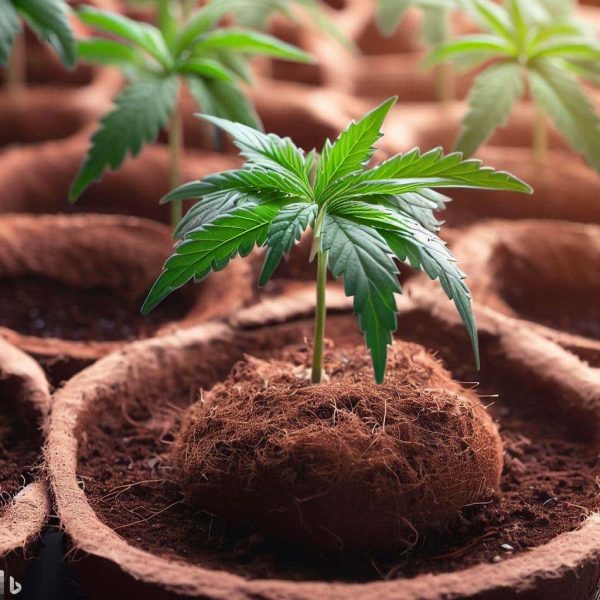
Coco coir indoor cultivation is a method of growing plants in a medium made from coconut husks. Coco coir is a natural, sustainable material that is inert, meaning it does not contain any nutrients. This allows you to have complete control over the nutrient levels in your plants’ environment.
Benefits of coco coir indoor cultivation for cannabis plants
- Aeration: Coco coir is very porous, which allows for excellent aeration of the roots. This is important for cannabis plants, as they need a lot of oxygen to thrive.
- Water retention: Coco coir also has good water retention properties, which means that your plants will not dry out as quickly as they would in other mediums. This is especially important during the flowering stage, when cannabis plants need a lot of water.
- Nutrient absorption: Coco coir is a very good medium for absorbing nutrients. This means that you can easily control the nutrient levels in your plants’ environment, which is essential for healthy growth.
- pH stability: Coco coir is also very pH stable, which means that you do not have to worry about the pH of your nutrient solution fluctuating. This can be a major advantage, as pH fluctuations can stress plants and lead to nutrient deficiencies.
Limitations of coco coir indoor cultivation for cannabis plants
- Cost: Coco coir can be more expensive than other mediums, such as soil or perlite.
- Preparation: Coco coir needs to be prepared before use. This involves rinsing it thoroughly to remove any excess salt.
- Watering: Coco coir needs to be watered more frequently than other mediums. This can be a challenge if you are not home often.
How to Feed Nutrients: Since coco coir is mostly inert, we need to add nutrients directly to the water that we give to the plants. Similar to hydroponic systems, we use nutrient-rich solutions to ensure the cannabis plants get the nutrients they need.
Tips for coco coir indoor cultivation of cannabis plants:
- Use a high-quality coco coir: This will help to ensure that your plants get the nutrients they need.
- Rinse the coco coir thoroughly: This will remove any excess salt and help to ensure that the pH of the medium is stable.
Tips for Optimal Nutrient Management
Dos and Don’ts of Nutrient Application
Dos:
- Start with a low dose of nutrients and gradually increase as needed. This will help to prevent nutrient burn.
- Fertilize your plants regularly, but don’t overdo it. Too much fertilizer can be just as harmful as too little.
- Use a balanced fertilizer that contains all the essential nutrients your plants need.
- Test the pH of your nutrient solution before and after watering. The pH should be between 5.5 and 6.5.
- Monitor your plants for signs of nutrient deficiencies or toxicities.
Dont’s:
- You can use tap water to water your plants. Tap water can contain small amounts of chlorine and minerals. If this is a concern then using a water filtration system might be necessary
- Don’t over-fertilize your plants. Too much fertilizer can cause nutrient burn, which can stress your plants and stunt their growth.
- Don’t use old or expired fertilizer. Old fertilizer can lose its potency and may contain harmful bacteria.
- Be careful mixing different types of fertilizer together. Mixing different fertilizers can create imbalances that can harm your plants.
How to Prevent Nutrient Burn and Over-Fertilization
Nutrient burn is one of the most common problems that indoor cannabis growers face. This problem can be caused by a number of factors, including using too much fertilizer, using the wrong type of fertilizer, or not testing the EC (concentration) of the nutrient solution.
To prevent nutrient burn and over-fertilization, it is important to follow the dos and don’ts listed above. It is also important to monitor your plants for signs of nutrient stress. If you see any of the following signs, you may be over-fertilizing your plants:
- Burned or discolored leaves
- Wilted leaves
- Slow growth
- Falling leaves
If you see any of these signs, you should flush your plants with plain water. This will help to remove the excess fertilizer from the soil.
Importance of Monitoring Plant Growth and Adjusting Nutrient Regimes Accordingly
The nutrient requirements of cannabis plants can vary depending on the stage of growth, the type of soil or medium they are growing in, and the environmental conditions. It is important to monitor your plants’ growth and adjust your nutrient regime accordingly.
For example, during the vegetative stage, cannabis plants need more nitrogen than they do during the flowering stage. If you are not monitoring your plants’ growth, you may not be providing them with the right balance of the best nutrients, which can lead to problems such as nutrient deficiencies or toxicities.
To monitor your plants’ growth, you should regularly inspect their leaves for signs of nutrient deficiencies or toxicities. You should also test the pH and EC of the nutrient solution and adjust it as needed.
By monitoring your plants’ growth and adjusting your nutrient regime accordingly, you can help to ensure that they get the nutrients they need to thrive.
Common Questions about Nutrients for Indoor Cannabis Growing
Question: What are the best nutrients for cannabis plants?
Answer: The best nutrients for cannabis plants are nitrogen (N), phosphorus (P), potassium (K), calcium (Ca), magnesium (Mg), sulfur (S), iron (Fe), manganese (Mn), boron (B), zinc (Zn), copper (Cu), and molybdenum (Mo).
Question: How often should I fertilize my cannabis plants?
Answer: The frequency of fertilizing your cannabis plants will depend on the stage of growth, the type of soil or medium they are growing in, and the environmental conditions. In general, you should fertilize your plants at least once a week if you’re growing in soil or coco. In a hydroponic setup, you will want a consistent level of the nutrient in your reservoir and top it off as needed.
Question: What is the pH range for cannabis plants?
Answer: The pH range for cannabis plants is 5.5-6.5. The pH of the nutrient solution should be tested regularly and adjusted as needed.
Question: What are the signs of nutrient deficiencies and toxicities?
Answer: The signs of nutrient deficiencies and toxicities can vary depending on the nutrient involved. However, some common signs of nutrient deficiencies include:
- Yellowing leaves
- Slow growth
- Falling leaves
Some common signs of nutrient toxicities include:
- Burned or discolored leaves
- Wilted leaves
- Slow growth
Question: How do I flush my cannabis plants?
Answer: To flush your cannabis plants, you will need to water them with plenty of plain water. Use about 2-3 times the volume of your planter. This will help to remove any excess fertilizer from the soil.
Question: What are some tips for optimal nutrient management for indoor cannabis plants?
Answer: Here are some tips for optimal nutrient management for indoor cannabis plants:
- Start with a low dose of nutrients and gradually increase as needed.
- Fertilize your plants regularly, but don’t overdo it.
- Use a balanced fertilizer that contains all the essential nutrients your plants need.
- Test the pH of your nutrient solution before and after watering.
- Monitor your plants for signs of nutrient deficiencies or toxicities.
- Flush your plants with plain water if you see any signs of nutrient stress.
- Monitor your plants’ growth and adjust your nutrient regime accordingly.
- Pay attention to the soil health. Many beneficial bacteria and mycorrhizae help plants absorb nutrients.
Question: What are some of the most common nutrient deficiencies in cannabis plants?
Answer: Some of the most common nutrient deficiencies in cannabis plants include:
- Nitrogen nutrient deficiency: This deficiency causes the older leaves to turn yellow.
- Phosphorus nutrient deficiency: This deficiency causes the lower leaves or stems to turn purple or red.
- Potassium nutrient deficiency: This deficiency causes a yellowing around the edges of the leaves which will then curl and wilt.
- Calcium nutrient deficiency: This deficiency causes brown spots and yellowing of the leaves.
- Magnesium nutrient deficiency: This deficiency causes the leaves to develop a mottled appearance with yellowing between the leaf veins.
Question: What are some of the most common nutrient toxicities in cannabis plants?
Answer: Some of the most common nutrient toxicities in cannabis plants include:
- Nitrogen toxicity: This toxicity causes the leaves to turn dark green and tips that hook downwards.
- Phosphorus toxicity: This toxicity causes the leaves to become stunted and curled.
- Potassium toxicity: This toxicity causes the leaves to become scorched and brown.
- Calcium toxicity: This toxicity causes the leaves to become brittle and brown.
- Magnesium toxicity: This toxicity causes the leaves to develop a mottled appearance.
Question: How can I prevent nutrient deficiencies and toxicities in my cannabis plants?
Answer: There are a few things you can do to prevent nutrient deficiencies and toxicities in your cannabis plants:
- Use a balanced cannabis fertilizer that contains all the essential nutrients your plants need.
- Test the pH and EC of your nutrient solution before and after watering.
- Monitor your plants for signs of nutrient deficiencies or toxicities.
- Flush your plants with plain water if you see any signs of nutrient stress.
- Monitor your plants’ growth and adjust your nutrient regime accordingly.
Ready to achieve thriving indoor cannabis plants? Check out Reefertilizer’s premium product line, including the All-In-One Grow Kit, Grow & Bloom Nutrients for Veg & Flower, and Start Soil Conditioner.
If you want to learn even more about growing good cannabis, we offer a free 40+ page guide full of images.
Now available on Amazon.
Sign up for our newsletter and download the digital copy today!
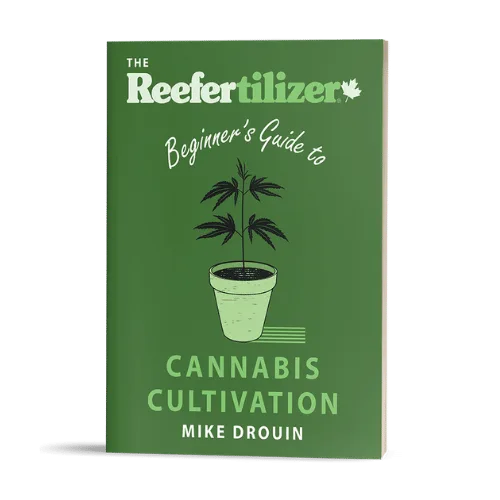
This guide will answer many questions about growing cannabis, like the following...
Selecting Seeds
Identify and Correct Problems
Maximize Yield
Much More...
Get a Chance to INSTANTLY WIN a Reefertilizer Nutrient Kit When You Sign Up.
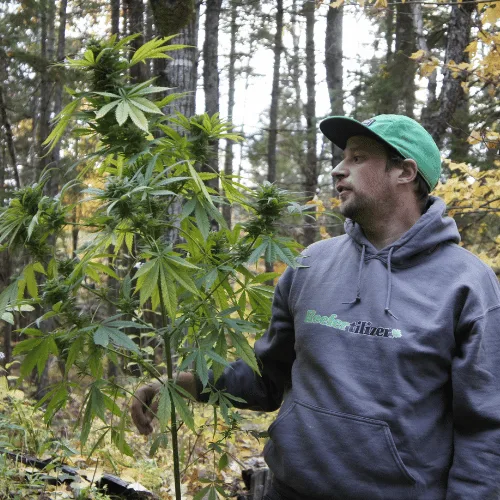
Mike Drouin is the co-founder of Reefertilizer. He’s an experienced craft cannabis grower and a writer of many articles regarding the process. Mike lives on Vancouver Island and enjoys cycling and camping and will sometimes combine the two.
